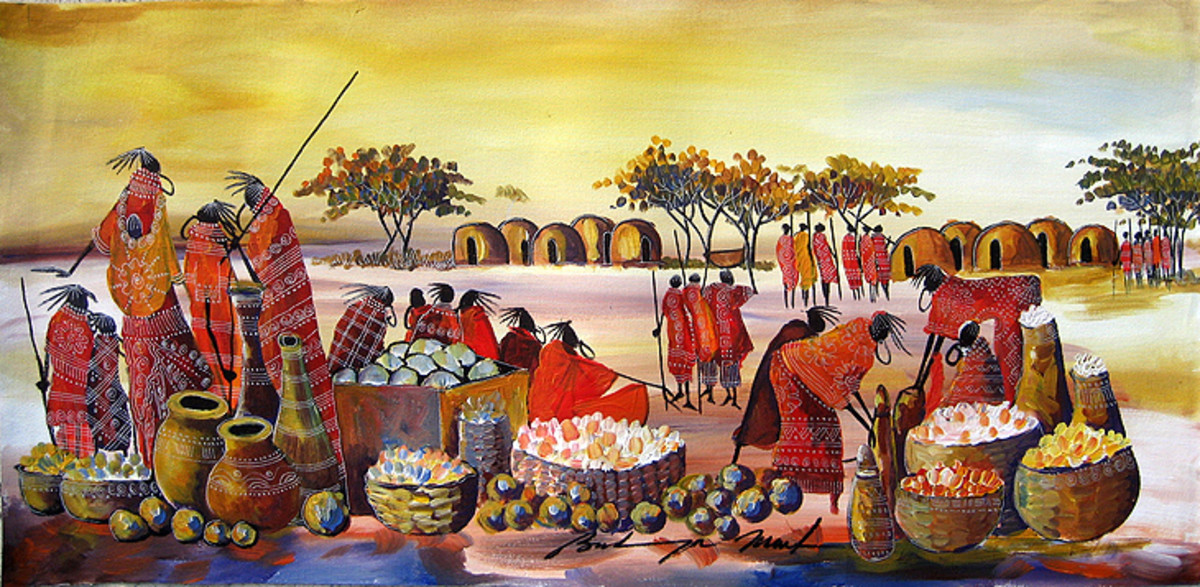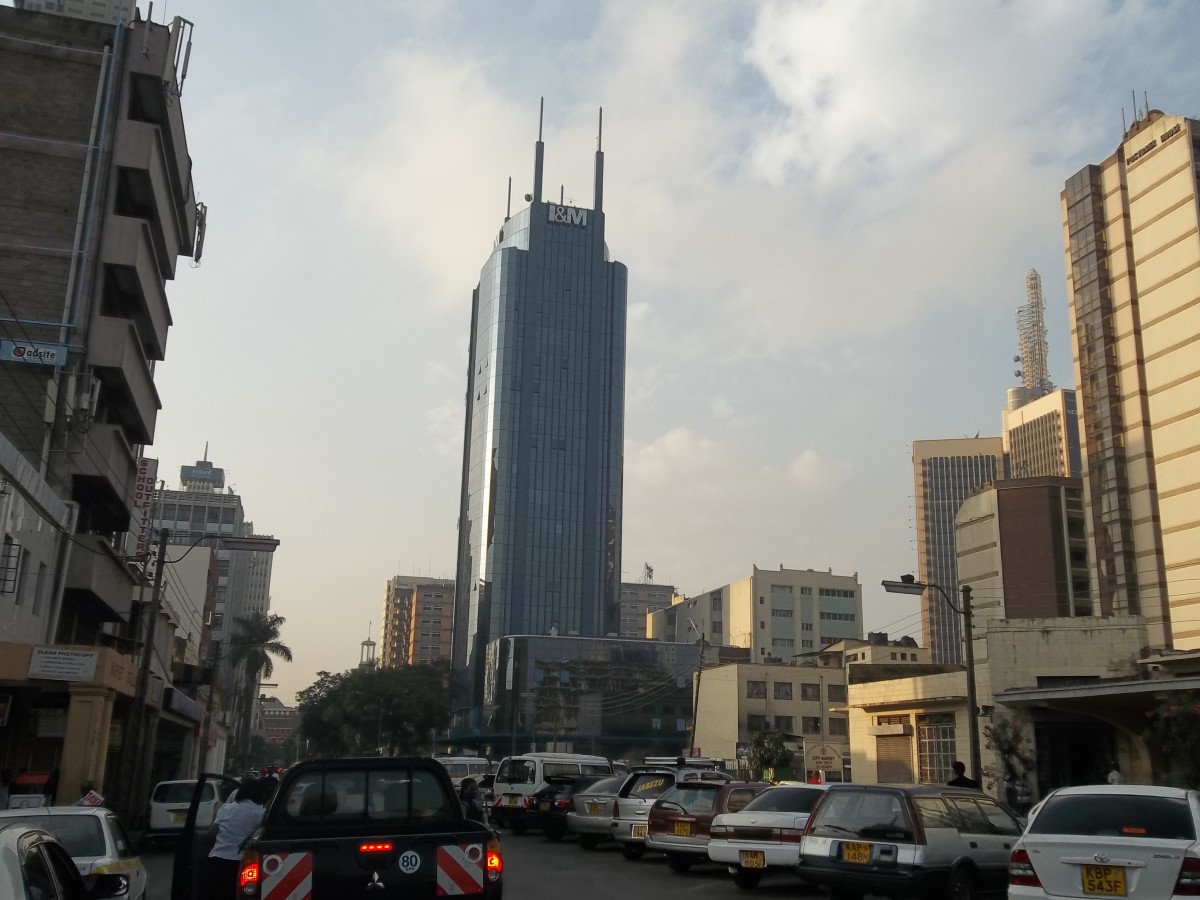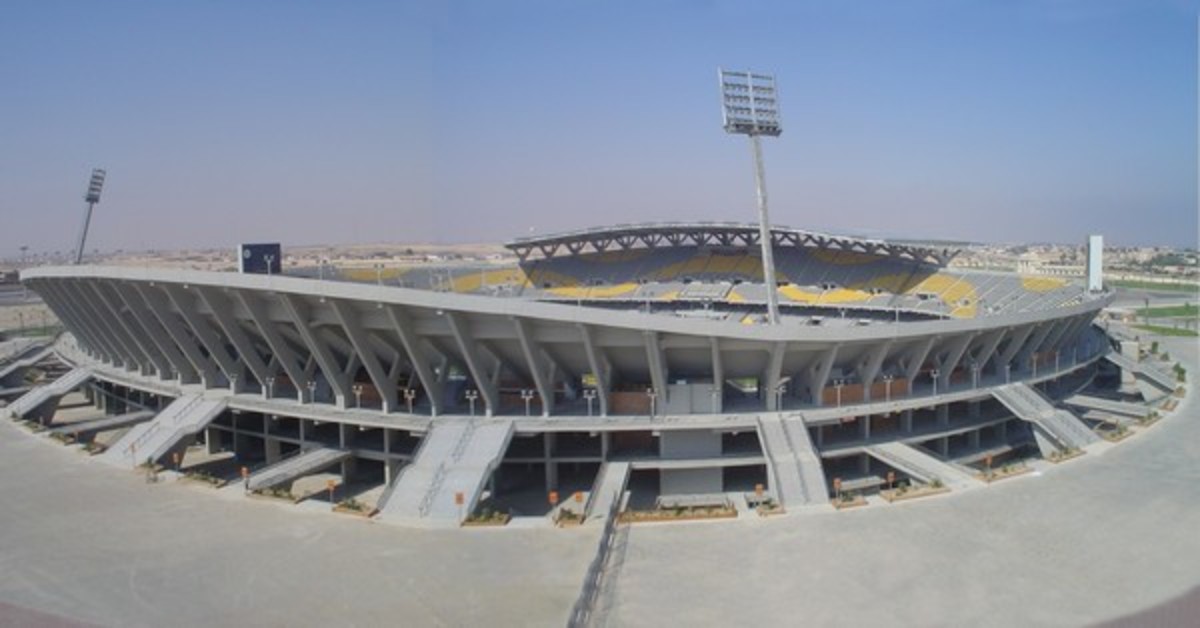The Road to AFCON 2027 in East Africa Through the CHAN Tournament and Stadium Developments
The 2024 edition of the African Nations Championship (CHAN) stands as a pivotal rehearsal for the grander stage of the Africa Cup of Nations (AFCON) 2027, with Kenya, Uganda, and Tanzania jointly hosting both tournaments. For the first time, three nations in East Africa are collaborating to stage CHAN from August 2 to August 30, 2025, showcasing their flagship stadiums and infrastructure upgrades. As local-league talents take centre stage at CHAN, these venues will be stress-tested, providing invaluable insights into capacity, amenities, and logistical workflows ahead of AFCON 2027.
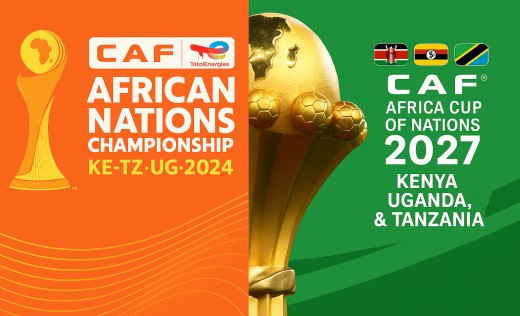
CHAN 2025 Stadiums
Benjamin Mkapa National Stadium, Dar es Salaam
Benjamin Mkapa National Stadium holds 60,000 spectators and was inaugurated in 2007 as Tanzania’s premier sports complex. It already carries FIFA and CAF accreditation but underwent targeted renovations in early 2025—enhancing seating, lighting systems, and pitch drainage—to fully comply with CAF regulations for CHAN and beyond. As the venue for the opening match and key Group B fixtures, Mkapa Stadium will test crowd control, security protocols, and broadcast setups under peak conditions.
Amaan Stadium, Zanzibar
Nestled in Zanzibar City, the Amaan Stadium resurfaced in December 2023 following a comprehensive modernisation that expanded spectator amenities and upgraded media facilities. With a modest capacity of 15,000, it will host several Group D clashes, including high-profile matches featuring Senegal and Nigeria. Its island location will challenge organisers to fine-tune transport links, shuttle services, and temporary accommodations for teams and officials, providing a microcosm of logistical demands AFCON 2027 will entail in more remote locales.
Moi International Sports Centre (Kasarani), Nairobi
Kenya’s Moi International Sports Centre, commonly known as Kasarani, is a 60,000-seat colossus that first opened in 1987. Recent CAF-mandated renovations have upgraded VIP lounges, media workstations, and emergency response systems. As host of CHAN’s semifinals and final on August 30, 2025, Kasarani will showcase Nairobi’s ability to handle a peak influx of spectators, test its advanced security and scanning technologies, and calibrate public-address systems for seamless fan engagement.
Nyayo National Stadium, Nairobi
Adjacent to Kasarani, Nyayo Stadium holds roughly 30,000 fans and serves as Nairobi’s secondary CHAN venue. Renovations focused on pitch replastering, floodlight enhancements, and seating repairs, ensuring compliance with CAF’s Category 4 stadium requirements. Nyayo will host Group A matches involving Kenya, Morocco, Angola, DR Congo, and Zambia, offering a controlled environment to evaluate match-day operations at a mid-scale venue and refine coordination between security, medical teams, and local transport providers.
Nelson Mandela National Stadium (Namboole), Kampala
Uganda’s flagship Namboole Stadium, with a 45,000-seat capacity, underwent a $36 million renovation completed in late 2024. It regained CAF approval after upgrades to locker rooms, floodlights, media centres, and VIP suites. As the chosen site for Group C matches and the third-place playoff, Mandela Stadium will accommodate thousands of Ugandan supporters, testing crowd flow management, digital ticketing rollout, and volunteer training ahead of AFCON 2027 commitments.
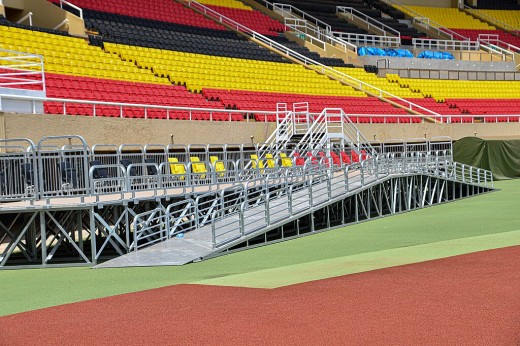
AFCON 2027: East Africa’s Next Big Test
The CHAN tournament serves as both a sporting spectacle and a dry run for AFCON 2027, scheduled for June and July 2027. CAF requires at least nine stadiums across the three co-hosts—each nation to supply three venues, with graded capacities. Ten cities will stage matches—three in Kenya, four in Tanzania, and three in Uganda, challenging each government to deliver world-class infrastructure under tight timelines.
Kenya’s Vision: From Kasarani to Talanta
Kenya enters AFCON 2027 with a clear stadium blueprint. Moi International Sports Centre (60,000) and Nyayo National Stadium (30,000) form the core, both receiving further electrical and seating upgrades. Beyond these, Kenya is constructing Talanta Sports Stadium in Nairobi, a new 60,000-seat arena slated for completion in 2026. Upgrades to Kipchoge Keino Stadium in Eldoret (expanding from 15,000) and Bukhungu Stadium in Kakamega (25,000) will ensure secondary cities can host early-phase matches. These projects underscore Kenya’s commitment to decentralisation and balanced regional representation4.
Tanzania’s Expansion: Mkapa, Samia, and Beyond
Tanzania boasts the CAF-accredited Benjamin Mkapa Stadium (60,000) and Zanzibar’s Amaan Stadium (15,000) as CHAN venues, but AFCON demands more. Under construction in Arusha is the Dr Samia Suluhu Hassan Stadium (30,000), set to blend modern design with eco-friendly features. Dodoma’s new national stadium (32,000) will leverage government funds to enhance local employment and urban revitalisation. Additionally, Mwanza’s CCM Kirumba Sports Complex and Chamazi’s Azam Sports Complex will receive upgraded pitch technology and seating extensions, rounding out Tanzania’s four-stadium roster for AFCON 2027.
Uganda’s Blueprint: Mandela and New Grounds
Uganda’s experience with Namboole for CHAN informs its AFCON strategy. Mandela Stadium (45,202) meets the ≥ 40,000 threshold, while Nakivubo War Memorial Stadium (35,000) is undergoing extensive renovation to restore its pre-1990 glory. New builds in Hoima (20,000) and Lira (20,000) will expand the country’s venue pool, integrating sustainable water-harvesting systems and solar lighting. Uganda’s football federation has pledged $13 million toward infrastructure upgrades, and CAF inspections have praised minor-improvement focus, signalling robust public-private partnerships ahead of 20275.

Beyond the Pitch: Infrastructure, Logistics, and Legacy
Stadium readiness is one axis of AFCON success; transport networks, accommodation capacity, training facilities, and medical services form the complementary pillars. Nairobi and Dar es Salaam are expanding international airport terminals, while Mwanza and Eldoret airports are upgrading lounges and runways. Road-widening projects connect remote venues, and high-speed internet installations at stadia support global broadcasting. Hotels across the three nations are entering tie-ups with CAF, emphasising security, dietary standards, and multilingual staff. These advances promise enduring legacies for domestic leagues, tourism, and urban development beyond 2027’s final whistle.
This edition of CHAN offers a live-fire exercise in stadium operations, fan engagement, and multisector coordination across Kenya, Uganda, and Tanzania. From Tanzania’s Benjamin Mkapa and Zanzibar’s Amaan Stadium to Kenya’s Kasarani and Uganda’s Namboole, each venue is pivotal in stress-testing infrastructure, technology, and human workflows. These lessons directly inform AFCON 2027 preparations: ambitious stadium builds in Eldoret, Arusha, and Hoima; critical renovations in Nakivubo and Dodoma; and systemic upgrades in transport, hospitality, and security. As East Africa steps into the continental spotlight, CHAN-driven insights will prove invaluable in delivering a seamless, world-class AFCON experience that resonates long after the final trophy is lifted.
This content reflects the personal opinions of the author. It is accurate and true to the best of the author’s knowledge and should not be substituted for impartial fact or advice in legal, political, or personal matters.
© 2025 Ian Batanda



